Duration: 1 November 2021 - 31 December 2026 The Estonian-Latvian joint LIFE project (LIFE20 NAT/EE/000074) "Restoring and promoting a long-term sustainable management of Fennoscandian wooded meadows in Estonia and Latvia" focuses on the restoration of wooded meadows in Estonia and Latvia, creation of sustainable solutions for maintenance and on raising public awareness of the natural and cultural heritage of wooded meadows and their protection and management. WOODMEADOWLIFE will improve the conservation status of wooded meadows in Boreal Biogeographic region by restoring Estonian and Latvian wooded meadows and establishing the system for their long-term management throughout both countries. By doing that, it will significantly contribute to the overall conservation status of 6530* in the EU, as both countries host 60% of all wooded meadows in the Boreal Biogeographic region. Project participants: Aveliina Helm, Triin Reitalu, Elisabeth Prangel, Elvi Liiv Funding: LIFE program, Environmental Investment Centre (KIK) See also the project's page on Environmental Board's webpage.Restoring and promoting a long term sustainable management of Fennoscandian wooded meadows in Estonia and Latvia (WOODMEADOWLIFE)
The overall long-term objective of this project is to restore significant areas of priority EU habitat 6530* Fennoscandian wooded meadows (700 ha in two countries), develop agreements, guidelines and smart solutions for their future management and highlight their ecosystem services, ecological functions and unique heritage value in both countries.
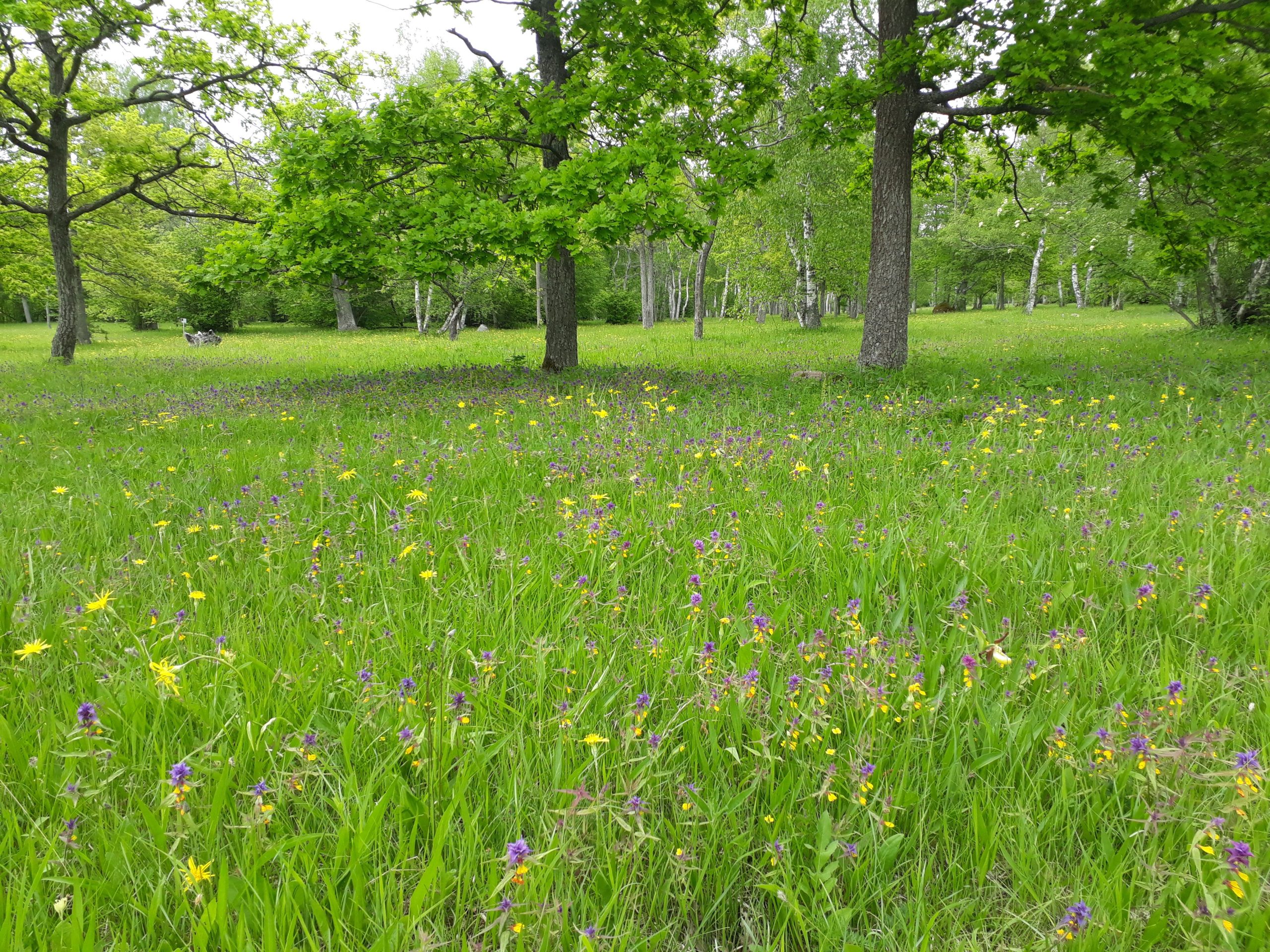
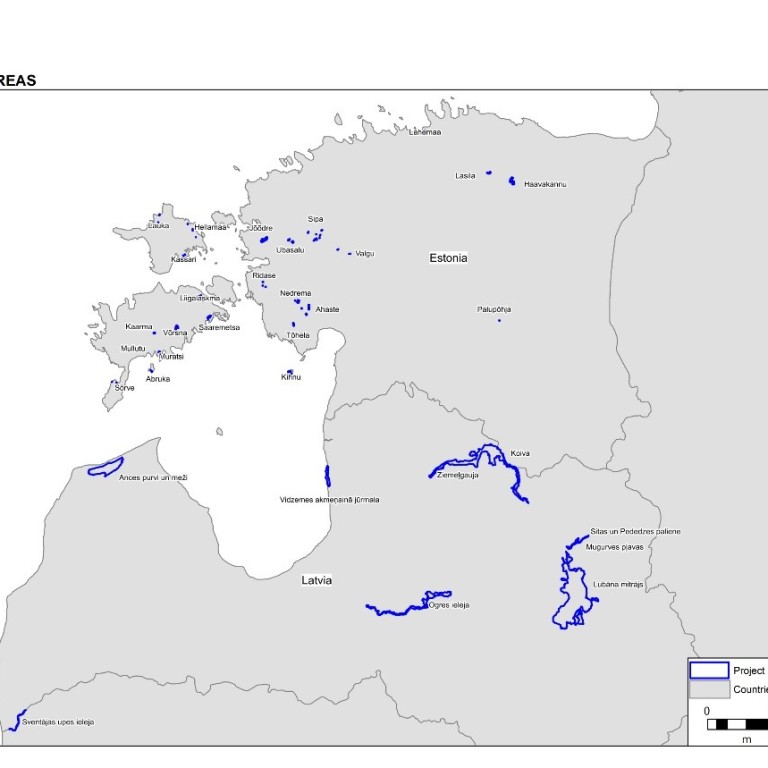

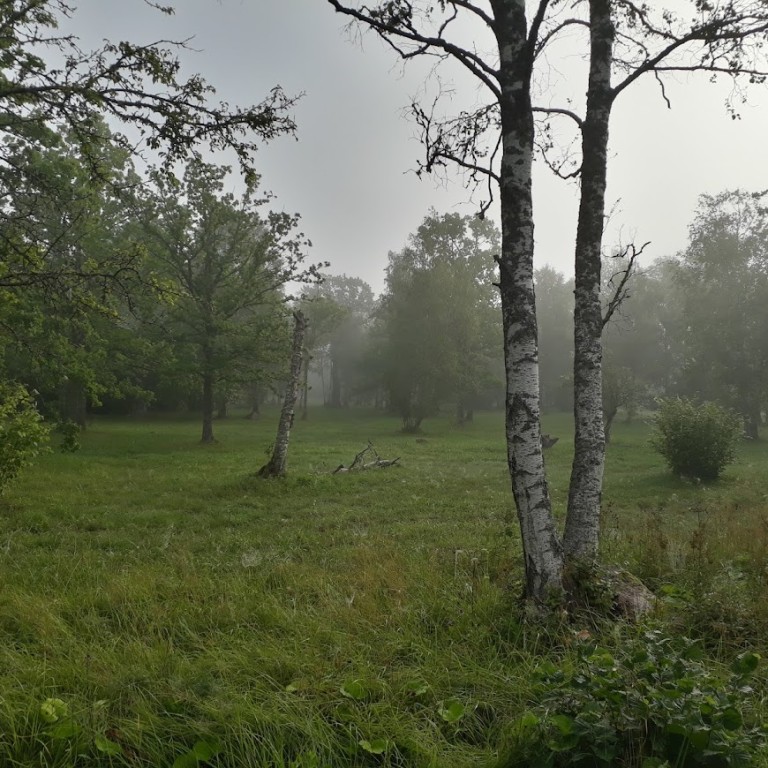
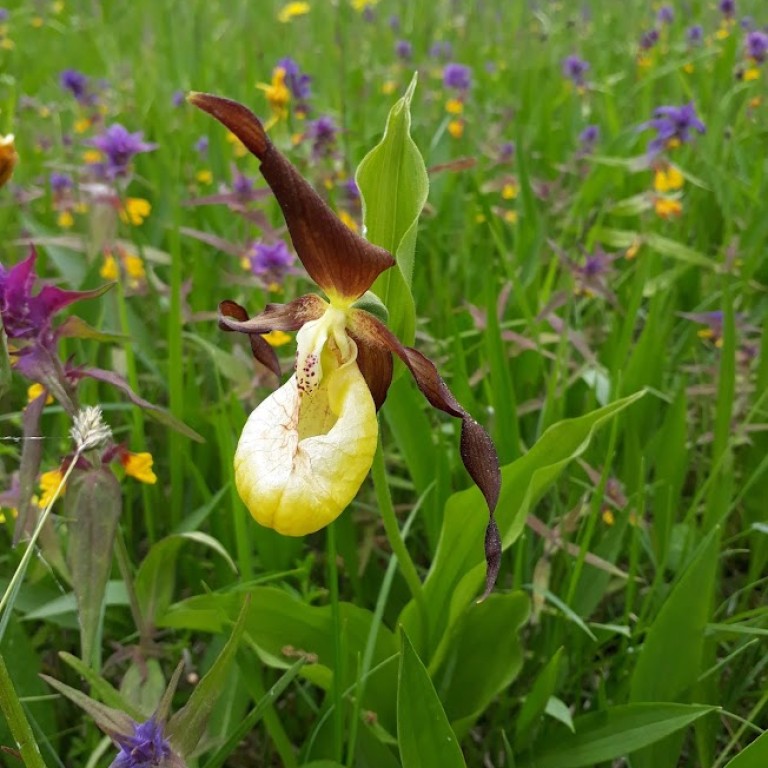
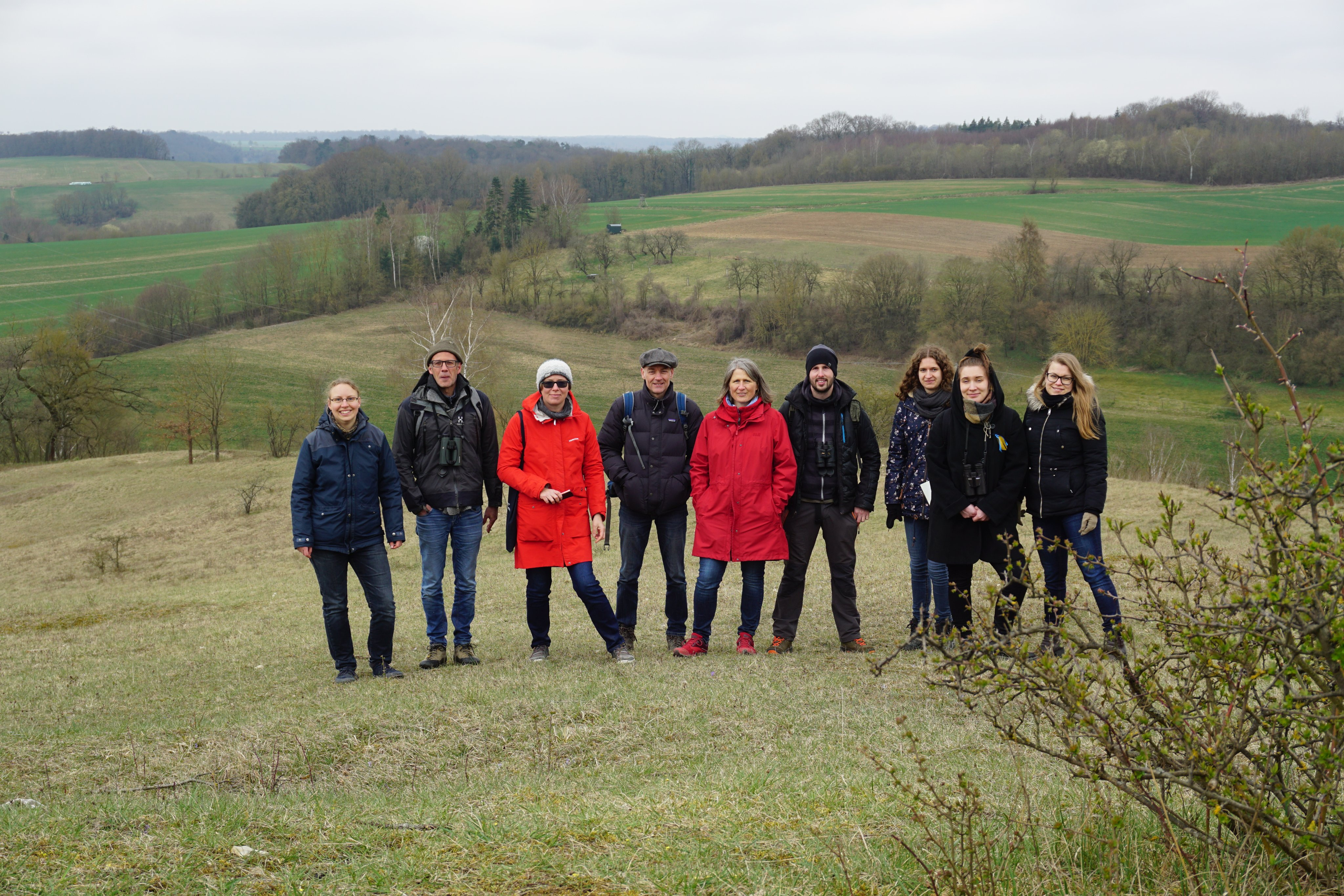

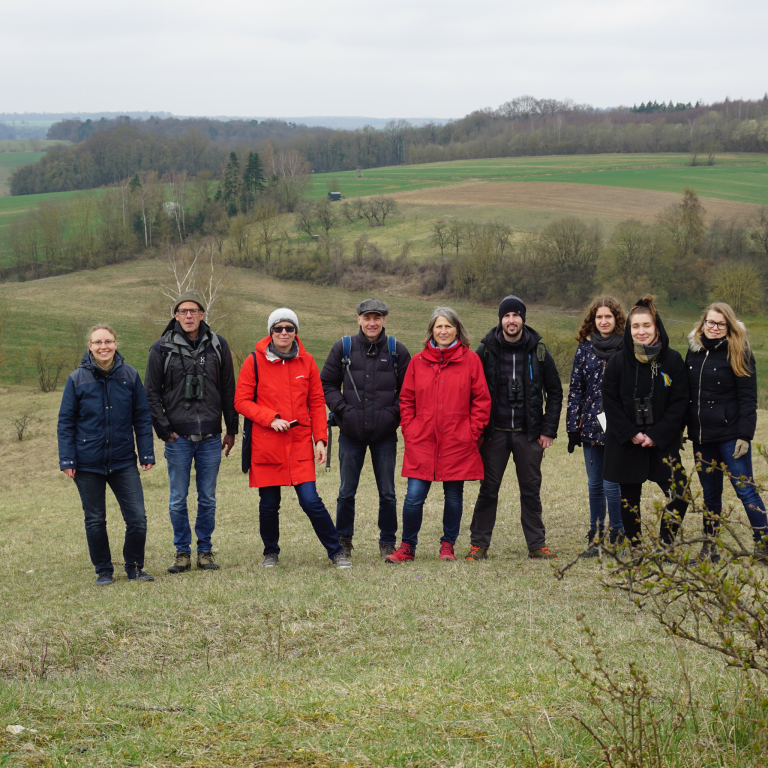
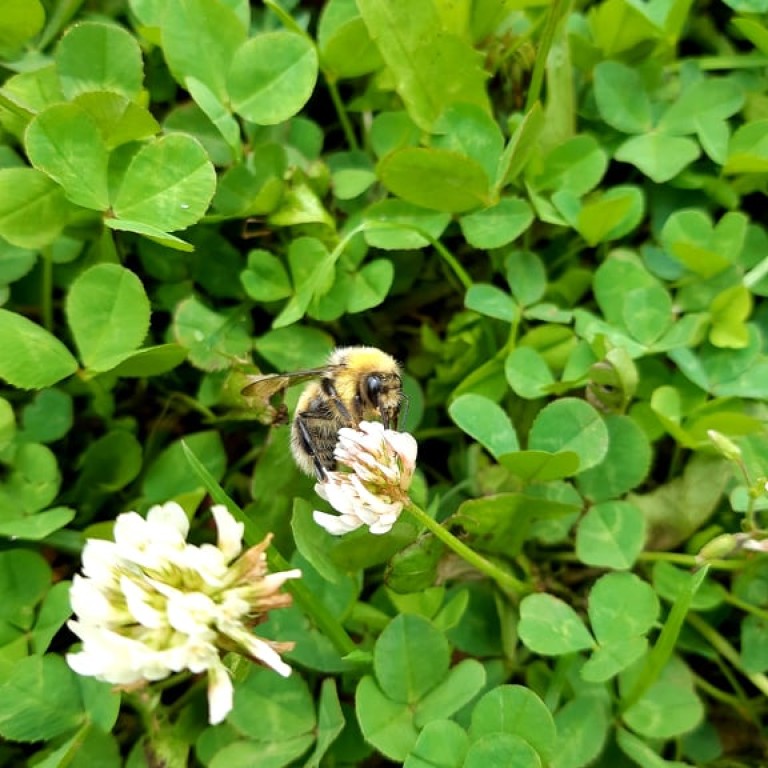

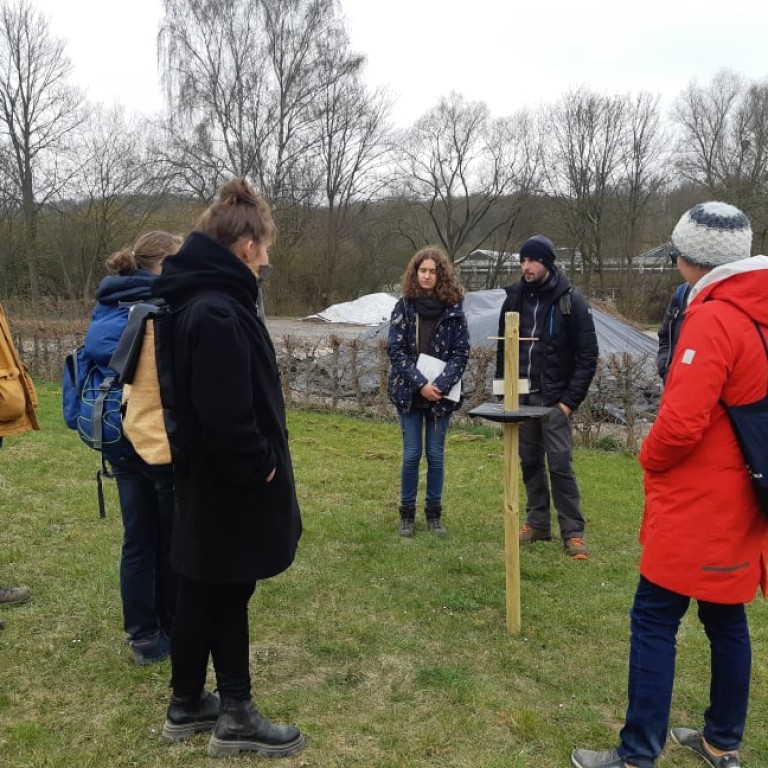

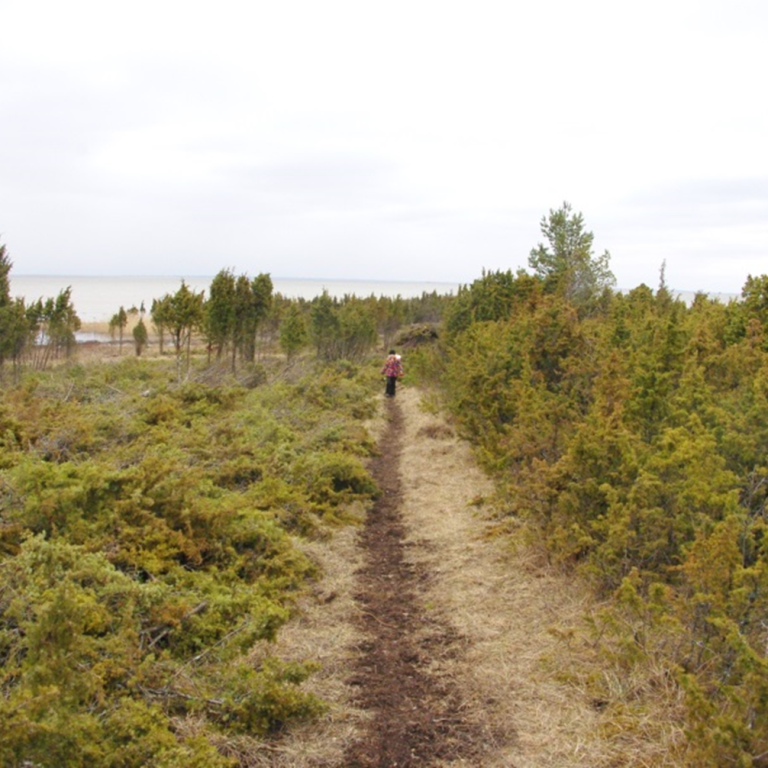
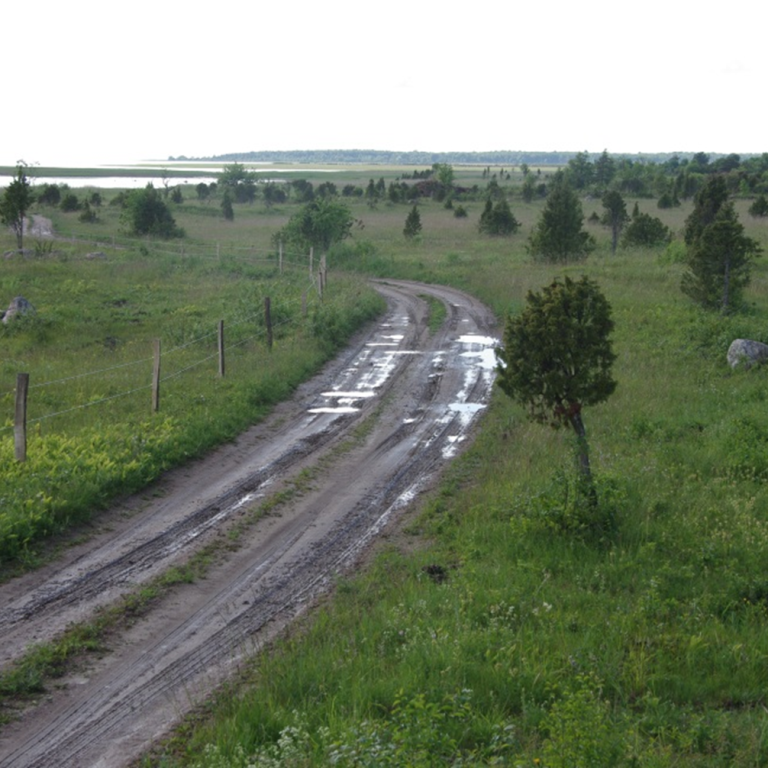
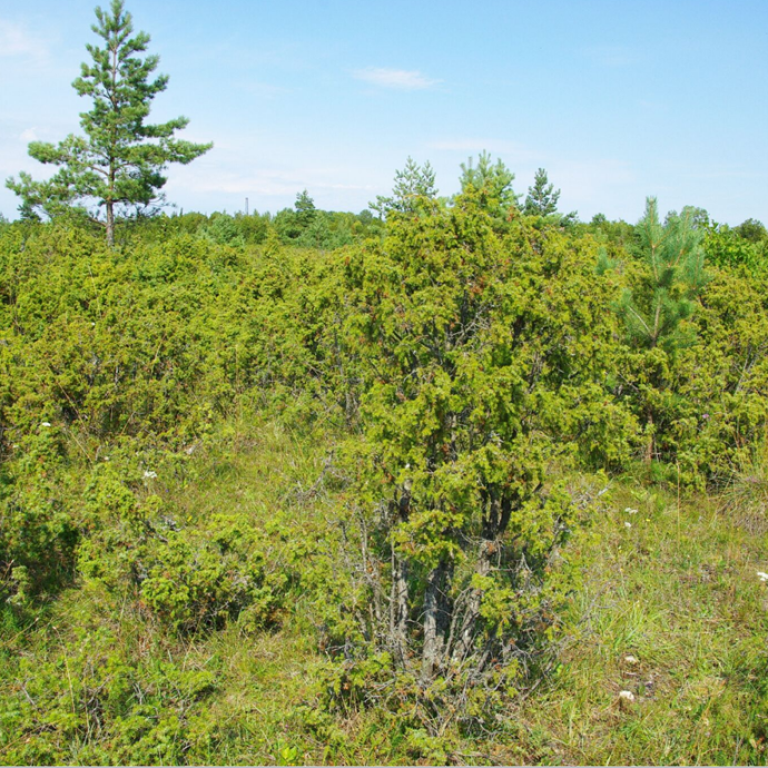

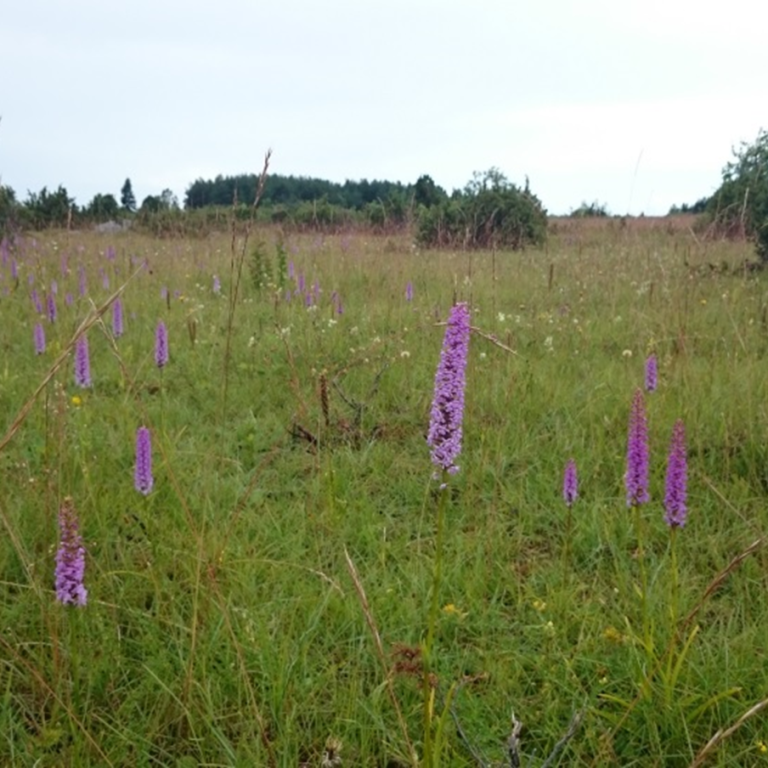
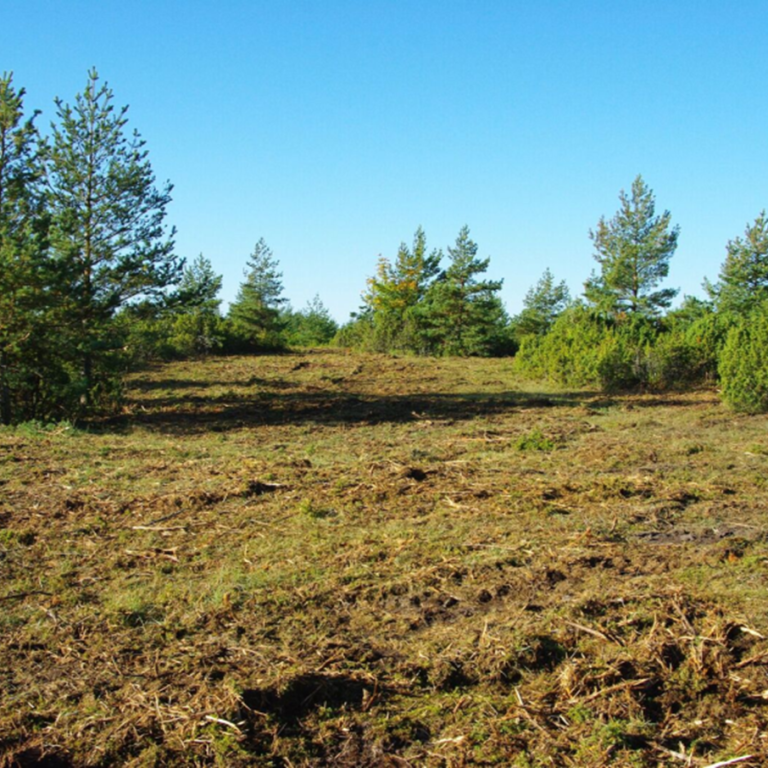


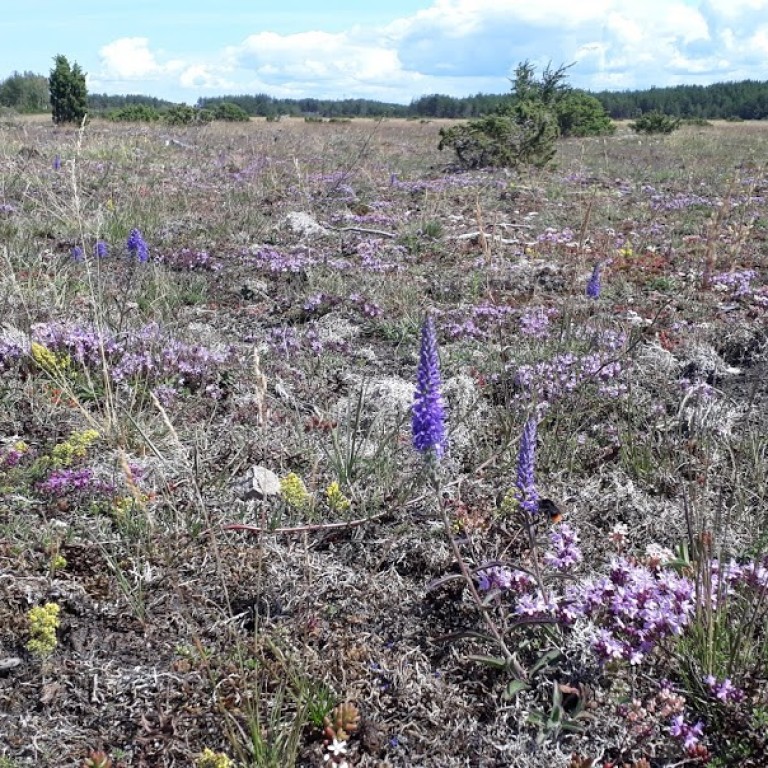

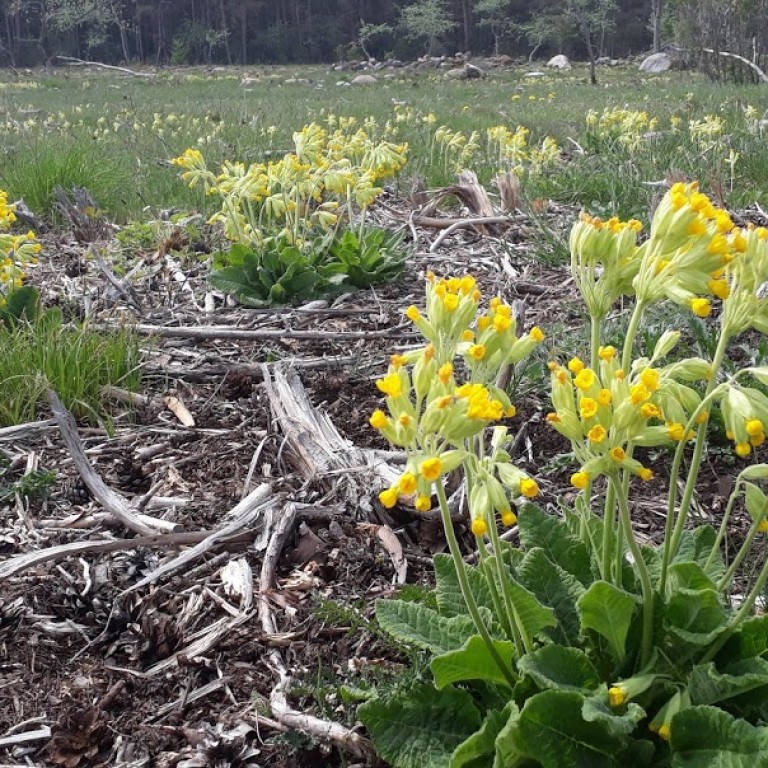
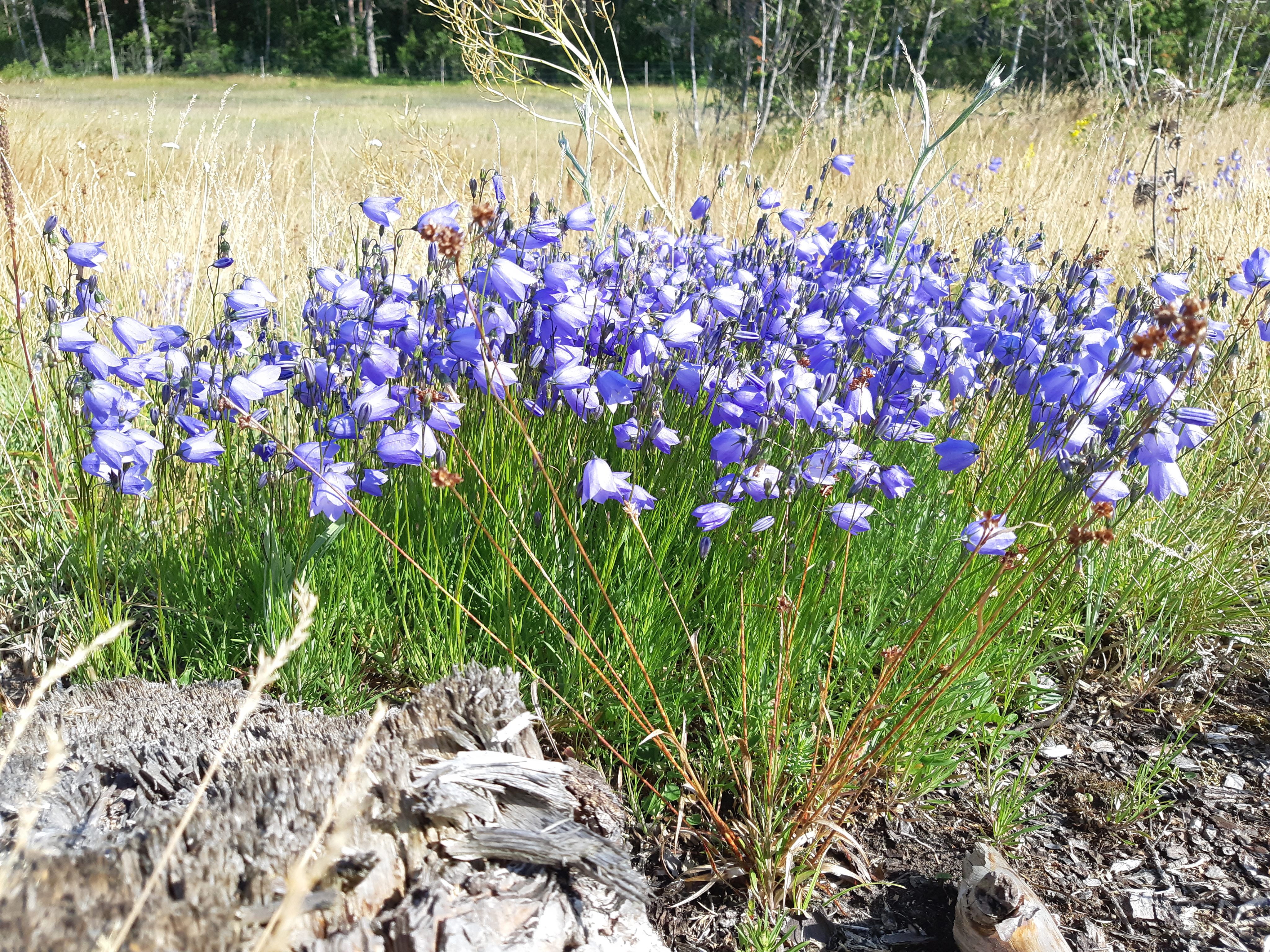
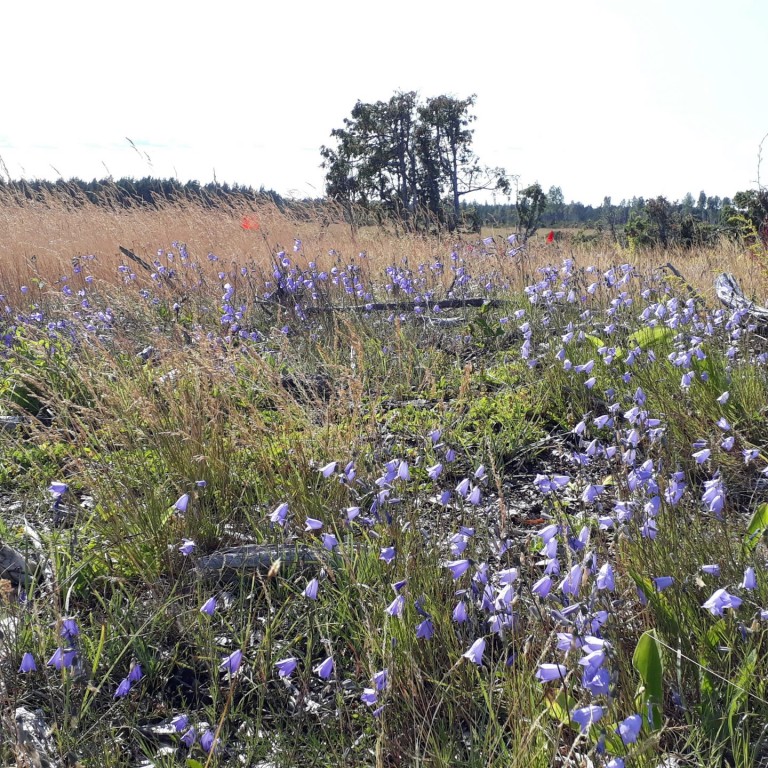
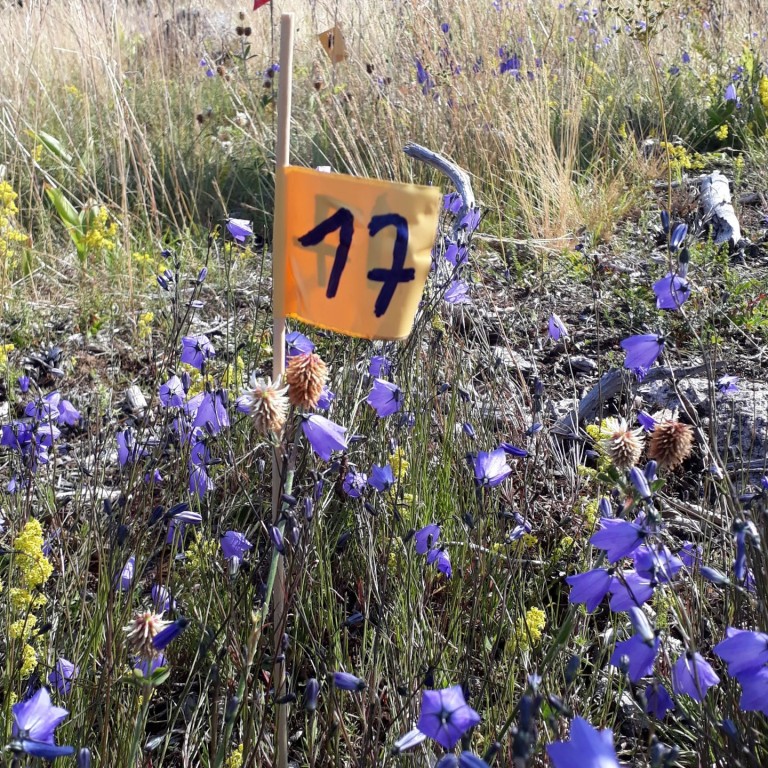
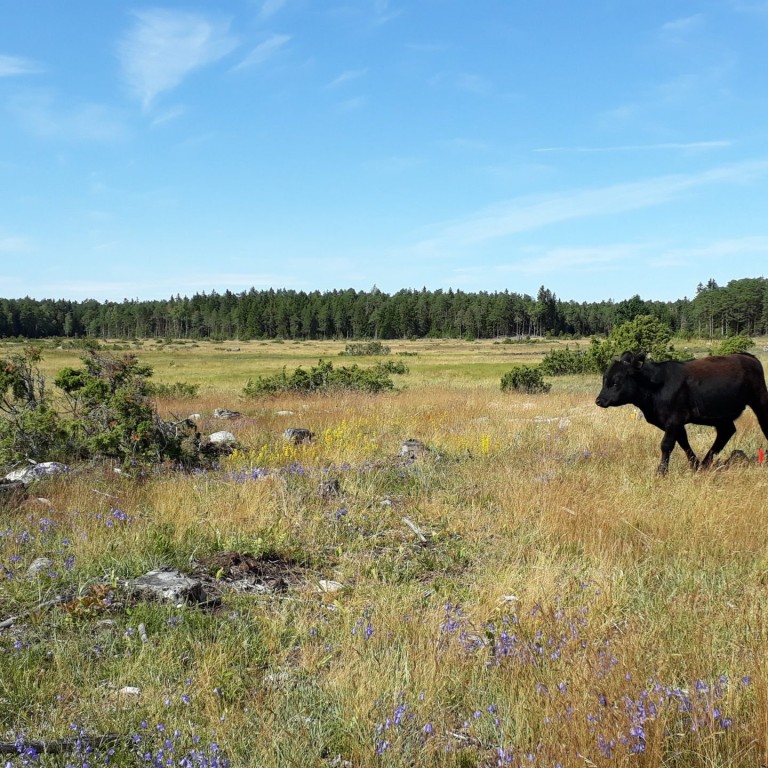
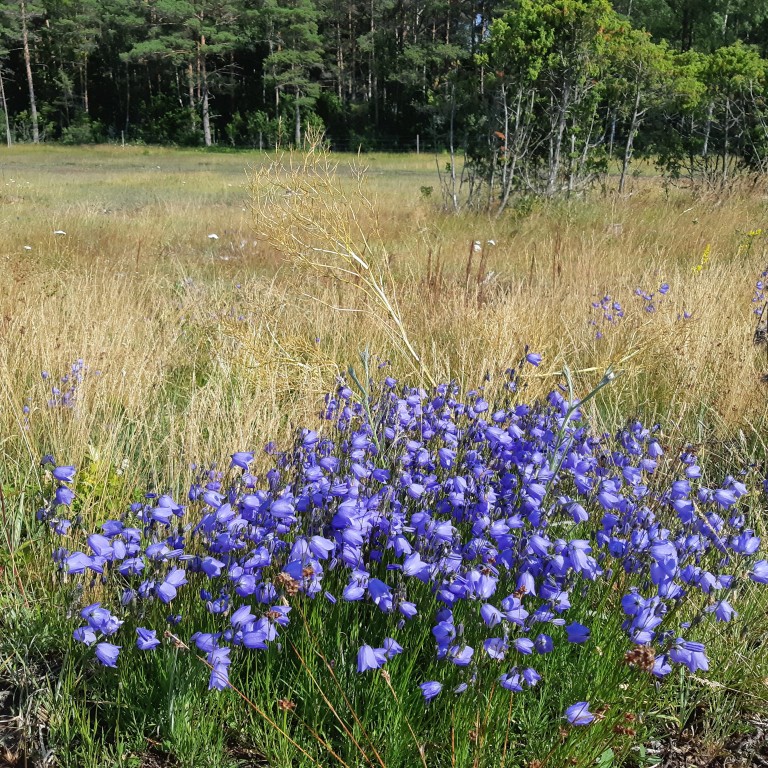
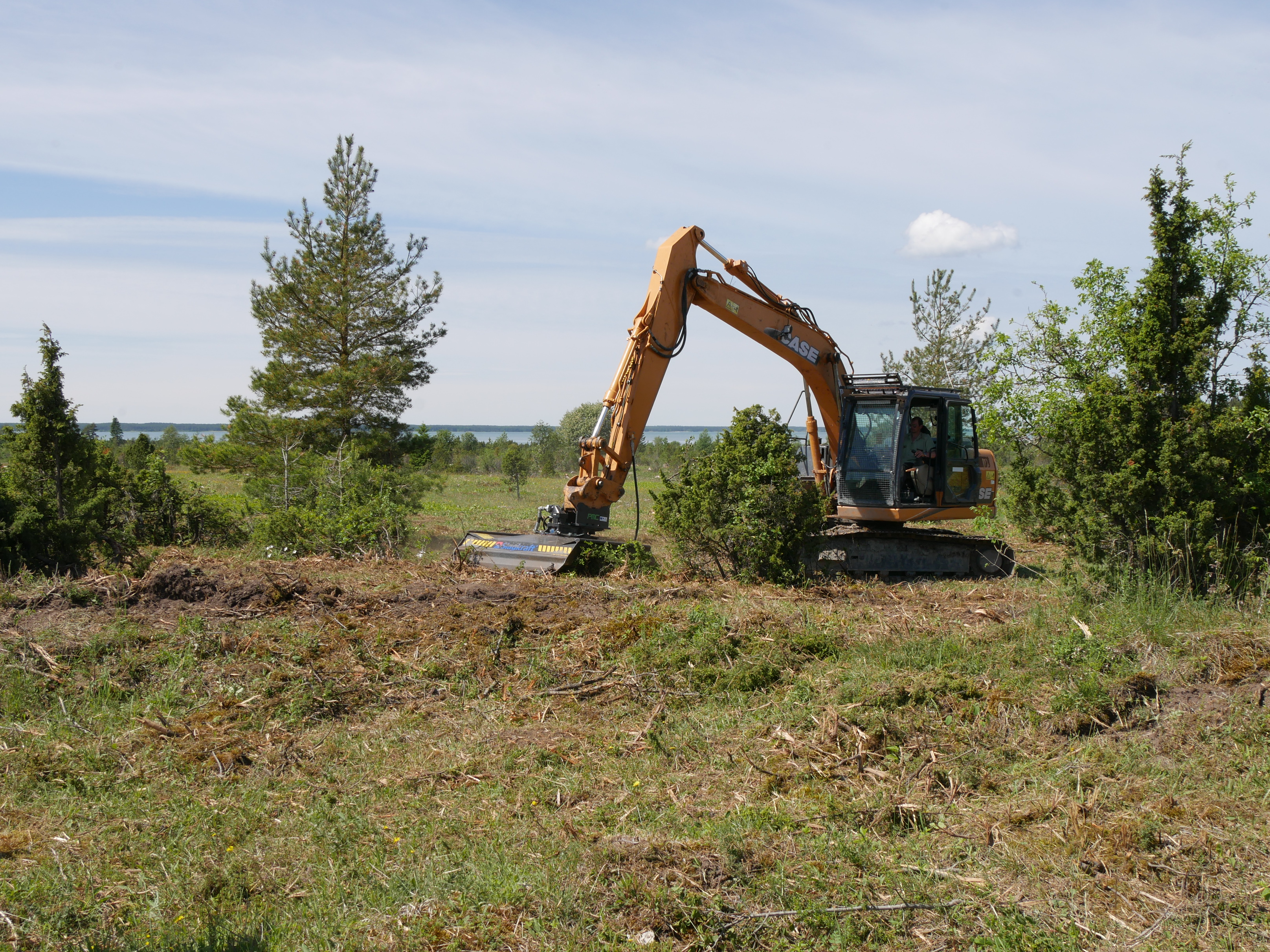
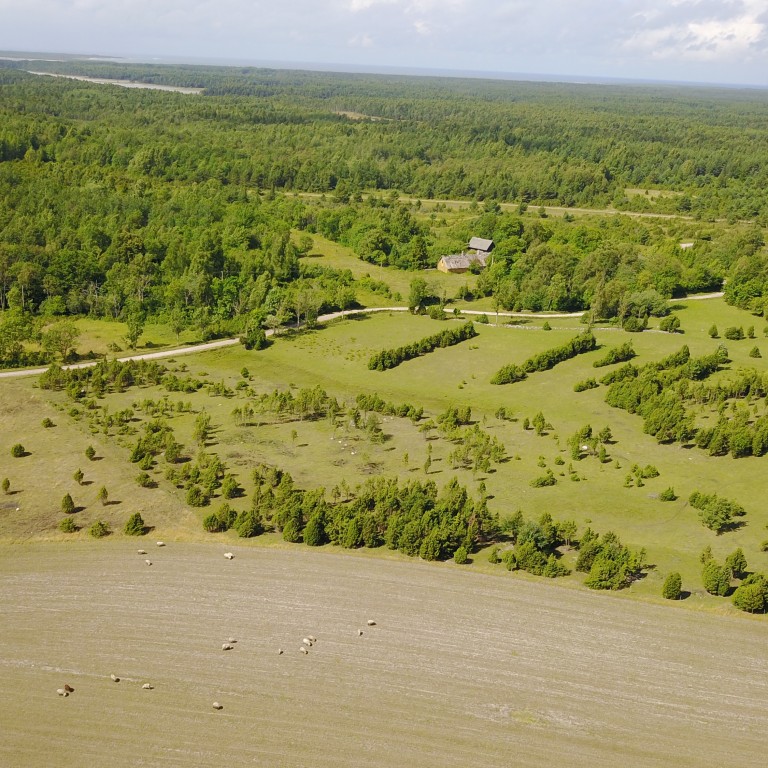
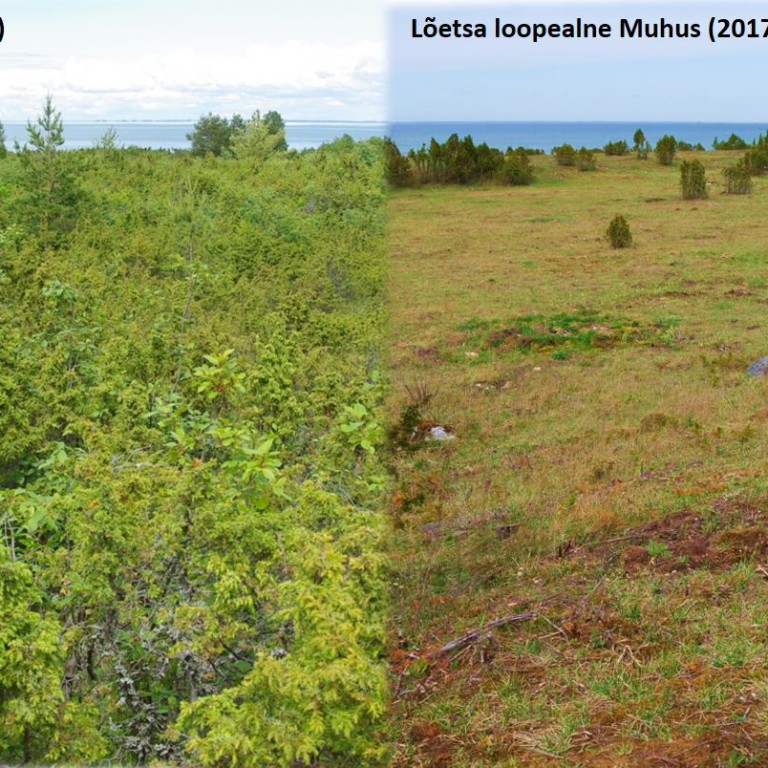
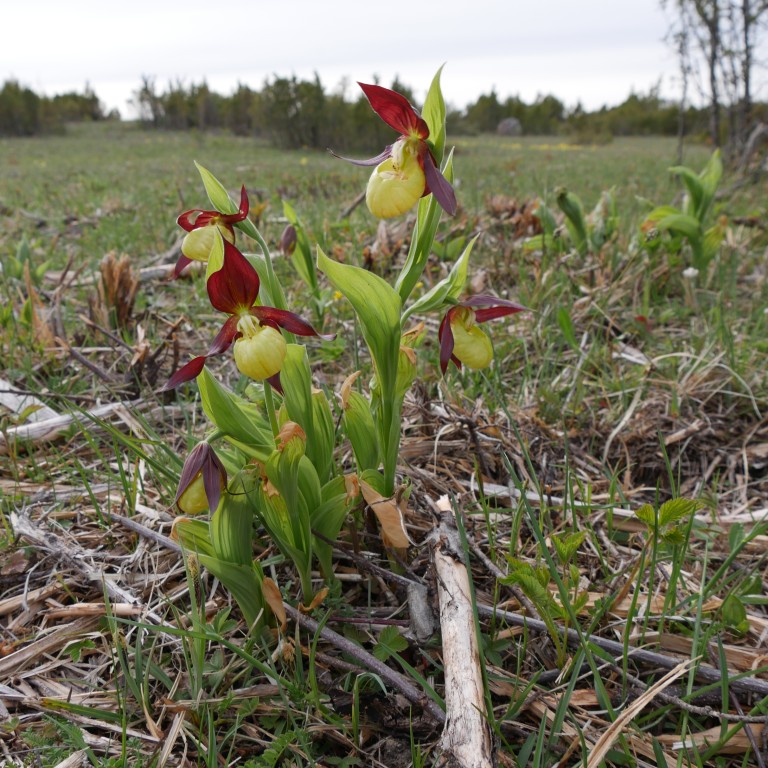

Recent Comments